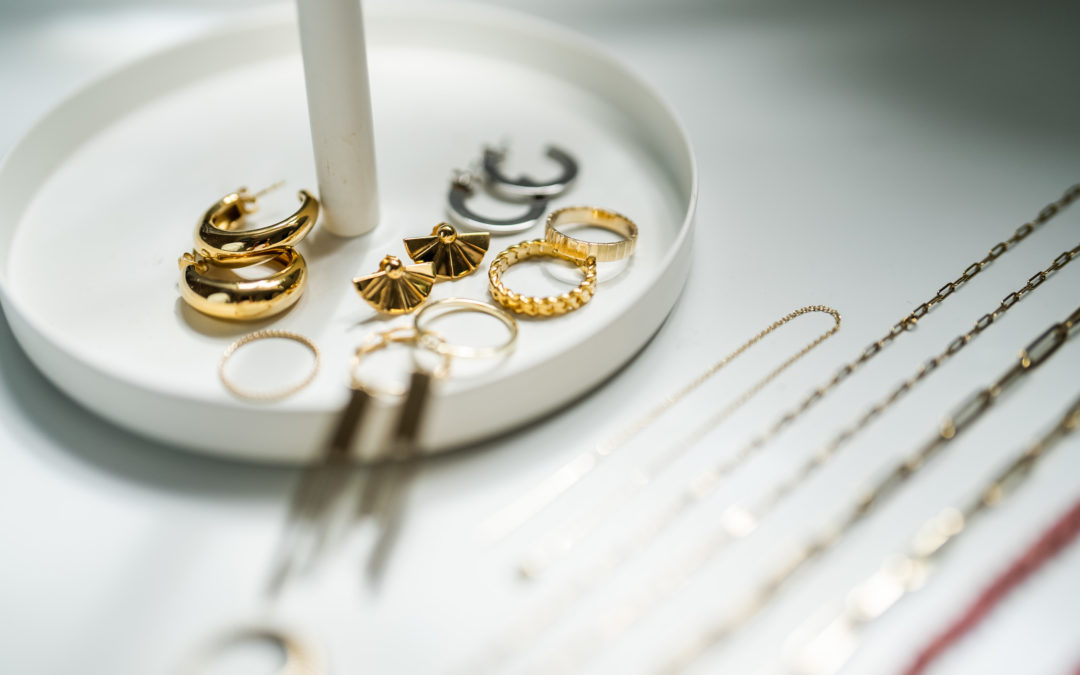Discover the Elements That Set the Worth of Aurum Items
Wiki Article
Gold has been treasured by humans for millennia of centuries. It is a valuable commodity that has been used for diverse uses, including ornaments, money, and investing. The value of gold items can fluctuate based on several factors. Understanding these elements is essential for anybody interested in buying, trading, or placing funds in gold. This article will explore the key elements that determine the value of gold items, including market demand, purity, artistry, and financial circumstances.

One of the main factors that affect the value of gold pieces is consumer demand. When a greater number of individuals want to purchase gold, its cost tends to increase. This demand can originate from multiple sources, including jewelry creators, traders, and central financial institutions. For example, during times of financial uncertainty, numerous investors shift to gold as a secure refuge for their funds. This heightened demand can drive up the cost of gold items. On the other hand, if demand drops, the value of gold may drop. Grasping consumer trends and consumer behavior is essential for determining the present worth of gold.
Another significant element is the fineness of the gold. Gold is measured in carats, with 24 karats representing pure gold. Pieces with higher purity levels are typically considered worth than those with lesser levels. For instance, an item crafted of 18-carat gold contains 75% gold and 25% other alloys, while a 14-karat piece contains only 58.3% gold. Consumers often search for high-purity items because they are more long-lasting and have a higher inherent value. Hence, when assessing the value of gold items, it is crucial to consider their purity grade.
Craftsmanship also has a significant part in determining the worth of gold items. The expertise and artistry put into in creating a work can significantly influence its value. Handmade ornaments, for instance, may be more worth than factory-made pieces due to the time and care invested in its creation. Distinctive designs and detailed features can enhance the attractiveness of gold items, rendering them more attractive to collectors and buyers. Hence, the craftsmanship of a gold item can greatly influence its consumer value.
Financial circumstances are another critical element that affects the value of gold. The cost of gold is often linked to the overall health of the economy. During periods of inflation or financial instability, gold is perceived as a dependable asset. As a result, its worth may rise. On the other hand, when the economy is strong and steady, the read this demand for gold may fall, leading to lower prices. Traders and collectors must keep an watch on economic indicators, including interest rates and rising prices rates, to grasp how these elements can impact the worth of gold pieces.
The value of gold items is influenced by a mix of factors, such as consumer demand, purity, artistry, and economic circumstances. Grasping these elements can assist individuals make informed choices when purchasing or selling gold. As gold remains to be a important asset, staying aware about these elements will be beneficial for those engaged in the gold market. Whether for personal utilization or this link investing purposes, identifying what affects the value of gold can lead to superior decisions and greater satisfaction.